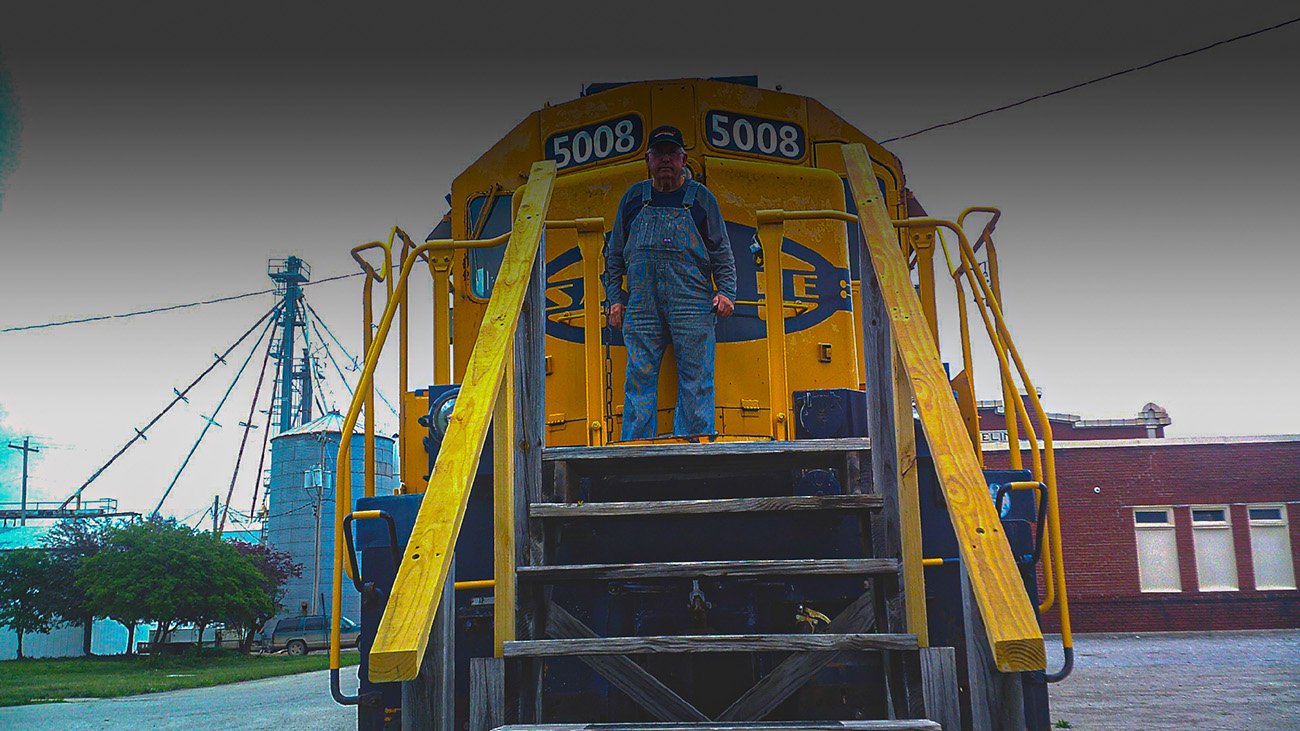
Pioneer spirit brought Lubbock and BNSF predecessor lines together
Thanks to the constant wind and arid conditions, first-timers to Lubbock, Texas, are warned to expect the dust that coats every surface, especially before cotton-planting season. What visitors may not anticipate are the rich culture, heritage and pride that run deep in this West Texas High Plains city.
In 1540, Coronado’s expedition traveled the region in search of the Seven Cities of Gold. While the exploration was fruitless, a marker near well-developed downtown Lubbock today recognizes what Coronado didn’t: “Little did he dream that undeveloped wealth was here in abundance in the form of rich land, underground irrigation water and oil in fabulous quantities.”
Cattle drovers and ranchers later came to the area, where the land was thought to be suitable only for livestock. But in the early 20th century, when growers began experimenting with wheat and other grains and cotton and found them to be successful, suddenly there was a need for transport.
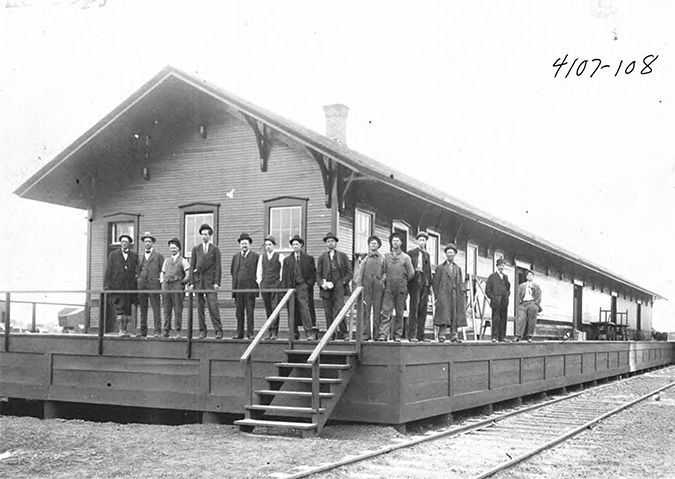
BNSF predecessor Atchison, Topeka and Santa Fe Railway (ATSF, or Santa Fe) began building tracks in this part of the Lone Star state in 1906, with a line from Plainview to Lubbock completed in 1910. Another was soon added between Lubbock and Coleman, Texas, which enabled the Santa Fe to reach the bustling Houston and Galveston, Texas, ports.
As the railroad came, so did the town’s incorporation in 1909 in the county of the same name (for former Texas Ranger Tom S. Lubbock). Today, Lubbock is known as “Hub City” of West Texas because it’s central to the region, with the Permian Basin to the south and Texas Panhandle to the north.
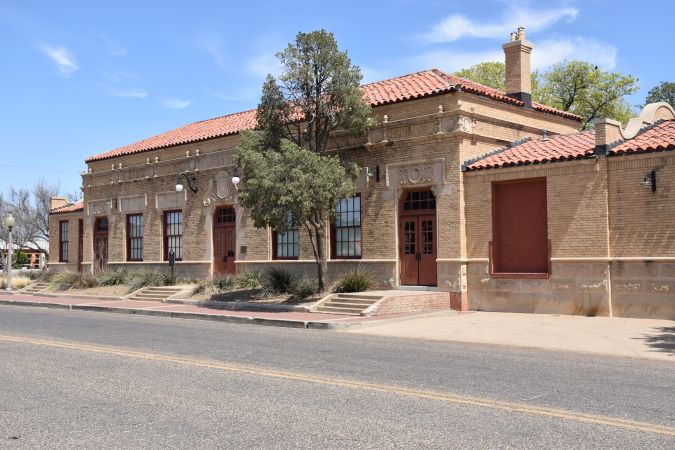
By the 1920s, the Fort Worth & Denver Railway (FW&D, or the Denver Road), another BNSF predecessor, provided the city with a second major rail connection and expanded the trade area. A passenger and freight depot was built in 1928 when the city had a population of about 20,000; today that number is about 260,000.

Around the corner from FW&D depot is the Buddy Holly Center, which pays tribute to Lubbock’s famous native son, Buddy Holly, who was one of the most influential musicians of his time. He, along with his band The Crickets, had a lasting impact on rock and roll. Sadly, Holly and the band members died in a plane crash on Feb. 3, 1959 – the “day the music died.” The center preserves, collects and promotes Holly’s legacy and the music of West Texas.
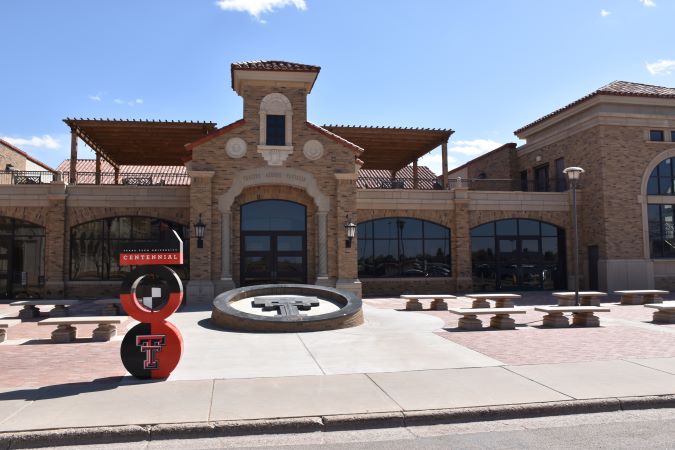
The city is also home to Texas Tech University, the nation’s second-largest contiguous campus with 1,839 acres. The university is celebrating its centennial this year.

BNSF locomotive engineer Zach Beauchamp lives in Lubbock. When he’s not operating trains, Beauchamp’s taking care of business at Flippers, a Lubbock tavern he opened with buddies.
“We wanted to have the kind of place we’d want to hang out,” he said. Besides a local place where people, including families, could come to eat, they wanted a space for play, which they created with more than 100 pinball machines, many playable, covering surfaces throughout the tavern.

Wind is part of the story of this region, and windmills were a necessity, supplying water for the crops and cattle. Today, wind farms are a major energy source for the state, with thousands of wind turbines dotting the landscape, and Lubbock has become a wind energy research and tech hub. The city is also home to the American Windmill Museum.
Wind turbine parts are among the goods shipped by BNSF to Lubbock, where we also connect with two shortline railroads. Other industries served include agricultural products, like wheat and cotton seed, sand, pipe, aggregates and, of course, oil. But cotton is truly king in this region; the South Plains area in which Lubbock is located is the largest contiguous cotton-growing region in the world.
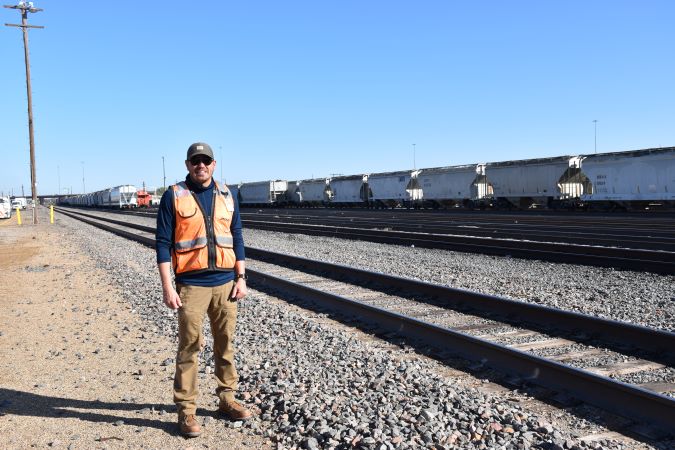
“With Amarillo (120 miles north – “down the road” in West Texas terms) handling so much Southern Transcon traffic, Lubbock is an overflow yard,” Jamie Deleon, terminal manager, explained. That means cars from other terminals on the Red River Division, some from as far as Houston, may be held here. There is also a lot of industry work, meaning providing switching services to local businesses like Ergon, an asphalt producer, and Holcim, a cement supplier.
About 100 BNSF employees work out of Lubbock, which Deleon agrees can be tough weather-wise. “Our challenges are wind, dust and hail, the kind of weather that blows in and out,” he said. “But the people here have a great work ethic. Many of them come from farming or ranching backgrounds. They know hard work and are willing to do what needs to be done - and safely.” The terminal just passed its one-year injury-free mark in April.

“Lubbock and BNSF have fascinating and rich histories that are linked,” added Jeanelle Davis, executive director Public Affairs. “We are proud of the long-standing relationship we’ve maintained with this city and the one that we will have into the future through our operations and our employees’ engagement with this community.”
